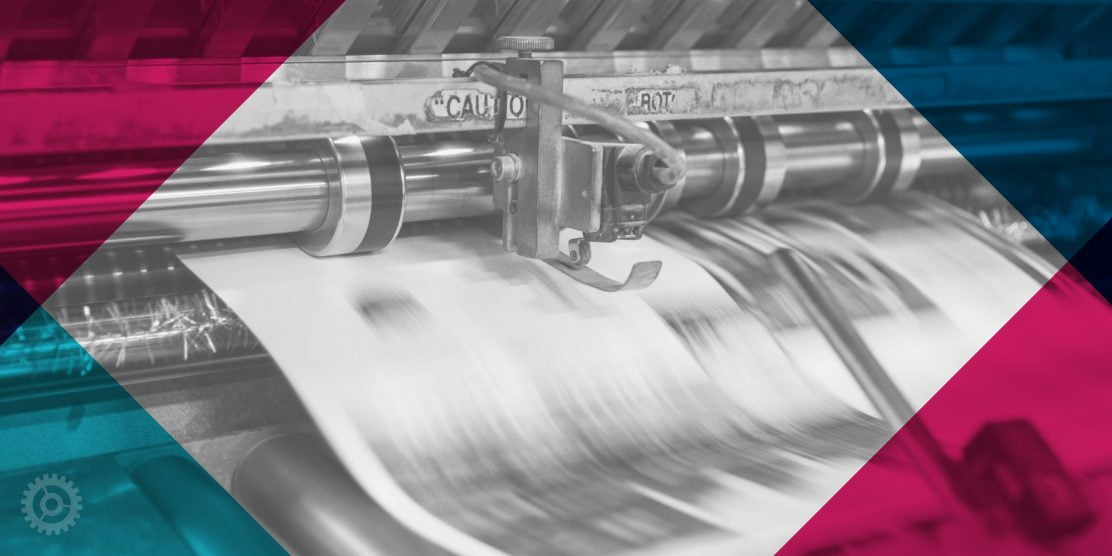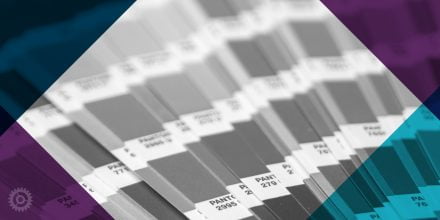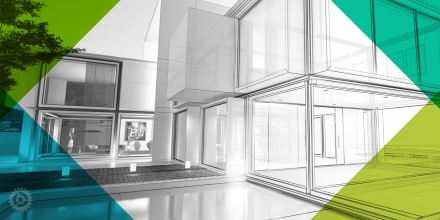
Have you ever asked several printers to bid on a project and received dramatically different prices? Have you ever had a printing job come back looking different than expected? Have you seen the cost of a job increase considerably after the job has gone to print? By following a few simple steps, you can avoid many errors and costly mistakes when bidding out your next job for print.
Here are the ten necessary pieces of information every printer will need from you to accurately estimate a project. Get these squared away and your printing estimates will be accurate every time.
- Finished Size
The finished size is the measurement, width by height, when the piece is completely closed. For example, the finished size of a standard sized brochure is 8.5″ x 11″. Always list the width first. - Flat Size
The flat size is the measurement, width by height, when the piece is completely opened. For example, the flat size of a standard sized brochure is 17″ x 11″. Keep in mind that a pocket folder with a finished size of 9″ x 12″ will usually have a flat size of 18″ x 16″ due to the added height of standard 4″ pockets. If the pockets have glue flaps (to keep papers from falling out the sides), the flaps can add an additional 1.5″ – 2″ to the width of the flat size. - Page Count
When counting the number of pages, make sure to count both sides of a page. For example, a flat postcard has 2 pages. A notecard that folds once has 4 pages. Almost all booklets and brochures will have a page count that is a multiple of 4, unless the front or back cover has a “flap” page that folds in. If you are using a heavier paper stock for the covers of a brochure, the correct way to specify this is to list it as “plus cover.” So, if your brochure has 16 interior pages on the lighter weight stock, you should specify “16 pages plus 4 page covers.” By doing so the printer will understand that they must run the job as two separate “forms,” which increases the cost of the job. - Ink
If your project includes full color photos, you will need to print using 4 Color Process inks, or CMYK. If you are printing business cards or stationery items that just include your company logo and text, you may only need to print using Spot colors (also known as Pantone colors, or PMS for “Pantone Matching System”). If your postcard will use process colors on both sides of the card, specify “4/4 process.” If the card will have a photo on the front and just black text on the back, specify “4/1: process over black.” If your eight-page brochure will have photos as well as your two logo colors on the front cover, but only process colors throughout the interior pages, specify “front cover prints 4 color process + 2 spot colors, all other pages print 4/4 process.” Additionally, always make sure to note if a coating is required. Many larger presses have an aqueous coater in-line, so adding an overall aqueous flood can help protect your brochure from scuffing and fingerprints without adding much to the cost. - Bleeds
A “bleed” is the term used if ink runs to the very edge of a printed page. If it does, you should set up your files so the artwork actually runs beyond the “trim” edge. Whenever possible, provide a PDF mock-up when you bid out your job to printers. This will help them see where bleeds are required, and the general coverage of ink. - Paper Stock
The paper stock you specify, more than any other factor, can make a dramatic difference in the cost of your job. If you leave the stock up to the printer to specify, it can be very difficult to get “apples-to-apples” bids. It can also make re-prints very tricky if you are unsure of the stock the printer selected. Make sure to list the paper’s Name (such as “Finch Fine”), Color (such as “Bright White”), Weight (such as “80#”), and Type (such a “Text” or “Cover”). Some papers also have finishes that need to be listed, such as “Smooth” or “Linen.” - Binding/Finishing
For brochures that are held together with staples, specify “saddle stitch” or “saddle wire.” Other binding methods include “perfect bind” for thicker books that have a spine edge, as well as “Wire-O®” or “spiral.” Pocket folders and other oddly shaped pieces will require “die-cutting.” Also specify the number and/or kinds of folds, if unusual (such as “gate fold” if the two sides fold inwards, or “barrel fold” if the piece folds in on itself in a rolling manner). - Quantity
If you are not sure of the exact number of pieces you’ll need, ask for several quantity breaks, such as 1000, 2500, and 5000. You may see a significant cost savings per-piece as your quantity goes up. - Pre Press
Make sure to require hard copy proofs, if you’d like to see them, or you may only receive PDFs to review. Also, you can request to receive paper dummy mock-ups. Although these will be unprinted, they are very helpful to feel the true weight and thickness of the final piece. - Delivery Instructions
Always indicate the date when the job is due to deliver, as well as the person to whom it should be sent, with address and phone number.
By including these ten pieces of information, you can be sure your printing projects are quoted accurately and have a better chance of coming out exactly as you envisioned.
For more quick answers to graphic design questions, request a copy of Tips Tricks & Tidbits available under “Request a Document” at our Contact Us form.
Vanessa’s article first appeared in SMPS Boston’s Outlook.




